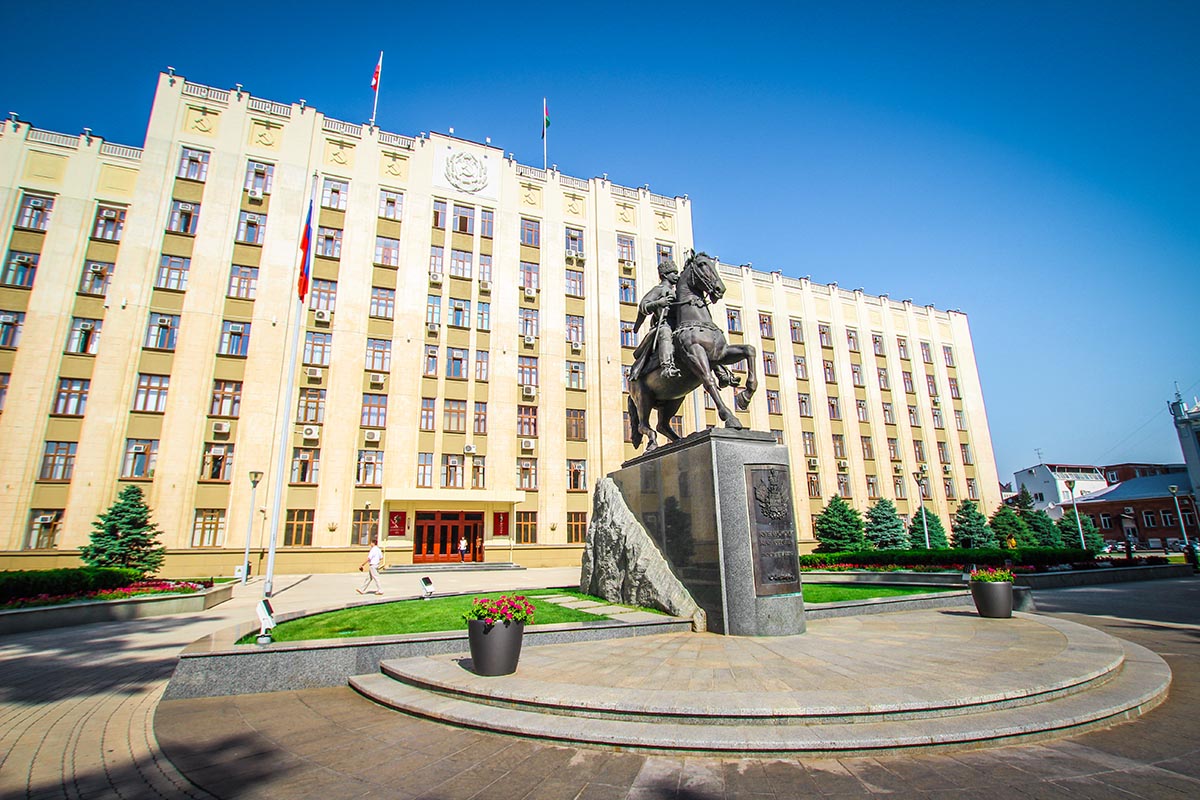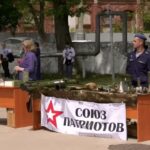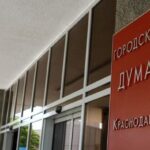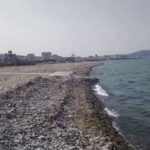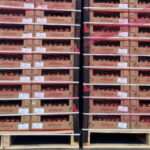Russian Prime Minister Mikhail Mishustin signed an order to write off part of the Krasnodar Krai’s debt.
The region was allowed to write off two-thirds of its debt totaling over 1.6 billion rubles, stated the first deputy head of Kuban Igor Galas.
“These funds were allocated for implementing infrastructure projects in utilities, new investment projects, as well as recapitalizing industrial development funds in Krasnodar Krai,” explained Galas.
Last year during his address to the Federal Assembly, Russian President Vladimir Putin set the task of writing off regions’ loans provided from the federal budget. The head of state emphasized that funds returned to the treasury should be reinvested in regional development.
As a result, Kuban became one of 12 regions relieved of part of their budget loan debt. The total debt write-off volume until 2029 will exceed 50 billion rubles, according to the Krasnodar Krai administration press service.
As reported earlier, Krasnodar Krai received infrastructure loans for utility sector projects. These include reconstructing water treatment facilities in Anapa and upgrading sewage systems on Vishnyakov and Kalinin streets in Krasnodar.
Krasnodar Krai
Krasnodar Krai is a federal subject of Russia located in the North Caucasus region, known for its fertile land, Black Sea coastline, and vibrant cultural heritage. Historically, it was part of the Kuban Cossack Host in the 19th century and played a key role in Russia’s agricultural and military development. Today, it is a popular tourist destination, featuring resorts like Sochi, ancient Greek ruins, and a mix of Russian and Cossack traditions.
Kuban
Kuban is a historical and cultural region in southern Russia, centered around the Kuban River and known for its fertile lands and Cossack heritage. It was traditionally inhabited by the Adyghe people before becoming a Cossack stronghold in the 18th and 19th centuries under the Russian Empire. Today, Kuban is part of Krasnodar Krai and remains an important agricultural and cultural area, blending Russian, Cossack, and Caucasian influences.
Federal Assembly
The **Federal Assembly** is the national parliament of Switzerland, consisting of two chambers: the **National Council** (representing the people) and the **Council of States** (representing the cantons). Established in 1848 under Switzerland’s federal constitution, it serves as the country’s legislative authority, reflecting its tradition of direct democracy and decentralized governance. The Federal Assembly meets in the **Federal Palace (Bundeshaus)** in Bern, a historic building completed in 1902 that symbolizes Swiss unity and political heritage.
Anapa
Anapa is a coastal town in Russia’s Krasnodar Krai, located on the northeastern coast of the Black Sea. Founded by the ancient Greeks in the 6th century BCE as Gorgippia, it later became a key Ottoman fortress before being annexed by Russia in the early 19th century. Today, Anapa is a popular resort destination known for its sandy beaches, archaeological sites, and therapeutic mud spas.
Vishnyakov Street
Vishnyakov Street is a historic thoroughfare in Moscow, Russia, known for its blend of pre-revolutionary architecture and Soviet-era buildings. Located in the southern part of the city, it has long been a residential and commercial area, reflecting Moscow’s urban development over the centuries. The street’s name is believed to derive from the Russian word *vishnya* (cherry), possibly referencing cherry orchards that once grew there.
Kalinin Street
Kalinin Street, located in various cities across Russia and former Soviet republics, is typically named after Mikhail Kalinin, a prominent Bolshevik revolutionary and Soviet statesman who served as the nominal head of state from 1919 to 1946. These streets often date back to the Soviet era and were renamed to honor Kalinin’s role in the Communist Party. Today, some have been reverted to historical names or renamed again in post-Soviet times, reflecting changing political and cultural values.

